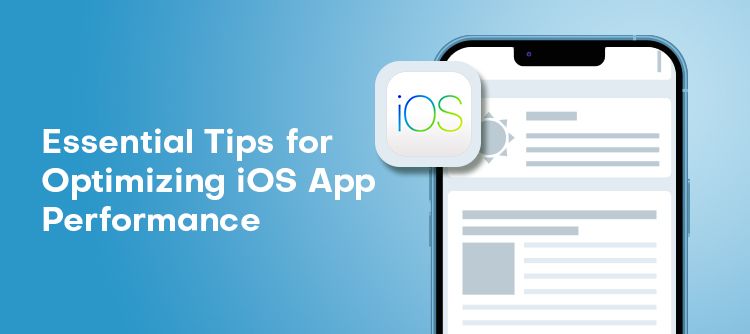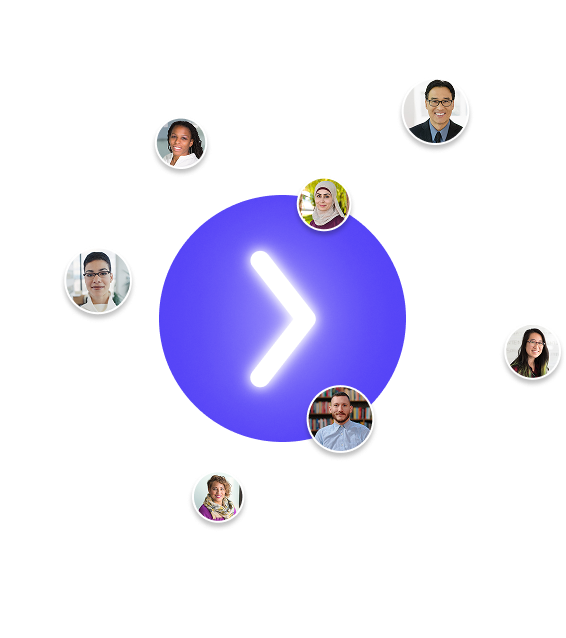
Subscribe to our Blog
We're committed to your privacy. SayOne uses the information you provide to us to contact you about our relevant content, products, and services. check out our privacy policy.

Akhil SundarFebruary 23, 20248 min read

Generating table of contents...
iOS programming languages are tools developers use to build applications for Apple's iOS platform. These languages must work within the Apple ecosystem, ensuring apps are compatible with iOS devices like iPhones and iPads.
Selecting the appropriate programming language is crucial for developing successful iOS apps. It affects everything from the app's performance and security to how smoothly it can be updated or maintained.

Swift is a modern programming language created by Apple, specifically designed for developing iOS, macOS, watchOS, and tvOS applications. With an easy-to-read and write syntax, Swift has rapidly gained popularity among developers for building a wide range of applications. It offers safety features and powerful tools to create fast and efficient software.
Key Features:
Developing iOS apps with Swift on Windows is challenging, as Xcode—Apple’s official development environment—is macOS-exclusive, requiring workarounds or remote Mac access.
Use Cases:
Due to its speed and safety features, Swift is ideal for developing high-performance iOS applications, from simple utility apps to complex games and system-level software.
Pros & Cons:
Pros:
Cons:
C# (pronounced "C sharp") is a modern, object-oriented programming language developed by Microsoft. It runs on the .NET framework and is known for its simplicity and power. C# enables developers to build a wide range of applications, from desktop to web to mobile, with a particular advantage in creating Windows applications. It's a popular choice for iOS app development, thanks to tools like Xamarin, which allow C# codes to create apps for Android and iOS platforms.
Key Features:
Use Cases:
C# is ideal for developing high-performance iOS apps. It's especially useful for game development with Unity, enterprise applications requiring .NET compatibility, and cross-platform applications targeting multiple mobile platforms.
Pros:
Cons:
Larger app size compared to native languages.
Sometimes slower performance for graphics-intensive applications.
Requires learning Xamarin for iOS development, adding to the learning curve.
Dependency on Microsoft's development tools and frameworks.
React Native is an open-source framework created by Facebook for building mobile applications using JavaScript. This tool allows developers to craft both iOS and Android apps with a single codebase.. React Native combines the best parts of native development with React, a best-in-class JavaScript library for building user interfaces.
Key Features
Use Cases
React Native is ideal for developing mobile applications that require a single codebase for iOS and Android, offering a consistent user experience across platforms. It's particularly useful for projects with tight budgets and deadlines.
Pros & Cons
Pros:
Cons:
For highly complex and graphic-intensive apps, native development might still outperform React Native.
Some features still require native code, which can complicate team development without native development skills.
Read More on the Conversion of Native Android and iOS apps to React Native – How to do it
Flutter is an open-source UI software development kit created by Google. It's designed to craft natively compiled mobile, web, and desktop applications from a single codebase. This toolkit provides a new way for developers to build beautiful, fast apps for iOS and Android platforms without writing separate code for each.
Key Features
Use Cases
Flutter is ideal for developing high-performance iOS and Android apps with beautiful user interfaces. It's particularly useful for startups and businesses looking to build apps quickly without compromising on performance and design.
Pros & Cons
Pros
Cons
Checkout Which cross platform framework to choose React Native vs. Flutter
Objective-C is a programming language primarily used for iOS and OS X development, blending the syntax of C with the flexibility of Smalltalk-style messaging. It was once the main language for Apple's iOS and macOS development before Swift's introduction. Objective-C allows for creating applications that run seamlessly on Apple's platforms, providing a rich set of libraries and frameworks such as Cocoa and Cocoa Touch.
Key Features
Use Cases
Objective-C is best suited for developing iOS and macOS applications, especially those requiring direct access to hardware or complex, performance-intensive tasks. It remains a go-to for maintaining and updating legacy applications on Apple platforms.
Checkout the importance of Native iOS Mobile App Architecture
Pros & Cons
Pros:
Cons:
Looking to develop an iOS app? SayOne can help. Our team specializes in the programming languages needed for iOS app development, ensuring your project is handled efficiently from start to finish. Whether it’s a Finance app, a business tool, or a health app, we’re ready to work with you to make your app successful on the Apple App Store. Reach out to SayOne today to get started on your iOS app project.

We're committed to your privacy. SayOne uses the information you provide to us to contact you about our relevant content, products, and services. check out our privacy policy.

About Author
Subject Matter Expert

We collaborate with visionary leaders on projects that focus on quality